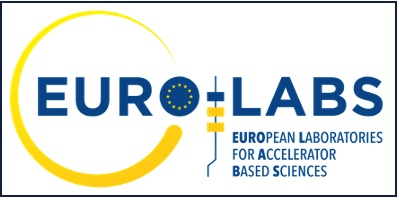Description
The MM-TPC collaboration has tested a MicroMegas detector for TPC purposes both in a single particle and high particle regime.
This has been possible thanks to the INFN Frascati Beam Test Facility (BTF) facility that provided electrons and positrons at $\mathrm{450\,MeV}$ energy with multiplicity ranging from $1$ to $10^4$.
The detector under test was a $\mathrm{40\times50\,cm^2}$ MicroMegas gaseous detector with extended drift gap of $\mathrm{5\,cm}$, which is ten times the standard one, to allow the ionization of more gas atoms and thus a larger number of reconstructed hits for improved tracking performances.
A small $\mathrm{10\times10\,cm^2}$ MicroMegas chamber, also with extended drift gap, was used to provide a reference position, perpendicular to the BTF electron beam, while the large MicroMegas chamber was tilted by $22^{\circ}$.
Both chambers were filled with $\mathrm{Ar:CF4:iC_{4}H_{10}}$ gas mixture with 88:10:2 vol%, and equipped with APV front-end electronics.
Drift voltages scans were performed to measure investigate the maximum drift velocity reachable, and to test the inclined track position reconstruction with the micro-TPC method.
Tests at higher multiplicity were also carried out in order to measure the rate sustainability at such a high flux for a possible use of the detector as a beam monitor device.
This contribution will describe the results obtained from the above studies, showing the good response of the detector for a precise inclined track reconstruction.
| Work-package | WP3 - RIs for Accelerator R&D |
|---|---|
| Facility identifier | INFN Frascati Beam Test Facility (BTF) |
